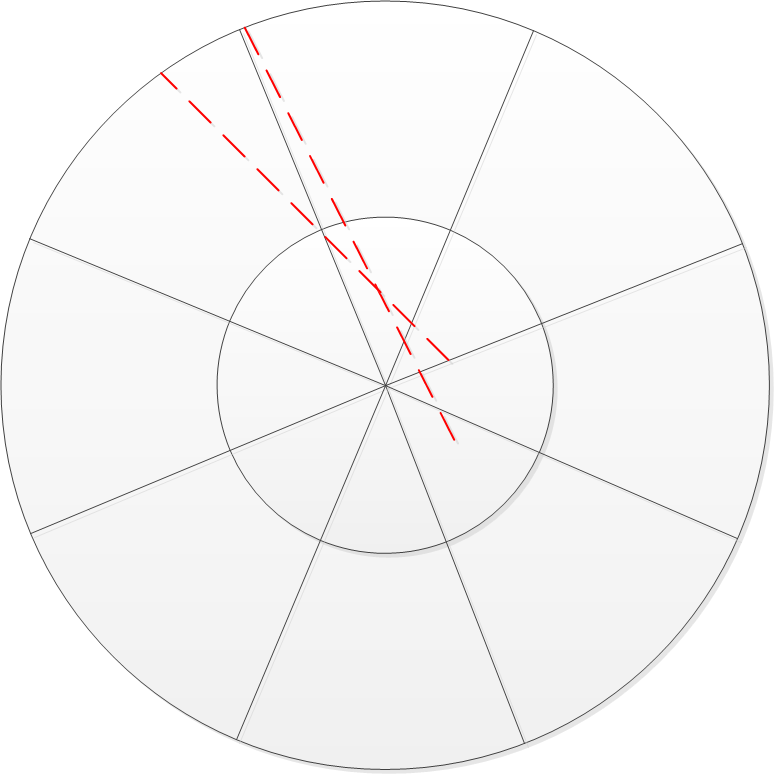PizzaTheHutt
Newbie
- Messages
- 8
Hi all, I have a Warmoth tele with a non-recessed Floyd Rose + angled pocket, and a 10"-16" compound radius neck. It mostly plays perfectly, with the exception of the upper frets. The action is low across the board with pretty much no fret buzz before the 12th fret, but starting there the notes start to choke out and not really sustain. It will still intonate and the notes aren't completely dead, but it can sound better. For what it's worth, the neck is about 10 years old so it has some wear from normal playing. I don't think adjusting the truss rod or raising the action at the nut would really do anything, so unless you guys know of a better way, my options seem to be shimming the Floyd Rose saddles, or leveling the frets (with the idea being a level would shave off a bit of fret height across the board, while getting rid of any potential high frets).
For what I'm working with, the bridge is a Schaller Floyd Rose with Graphtech string saver saddles (which have a radius of 12"), and the frets are normal 6105 fretwire. I've done fret levels and crowns on straight 9.5" and 12" radius necks before, but a compound radius is a first for me. I don't want to raise the bridge using the post screws, because I want the bridge to sit against the body and be dive-only. Any help/suggestions?
(link to image of the guitar if you're curious: https://drive.google.com/file/d/18KX16-IkjmElmNfiV0R-BPkwC5gxMLB0/view?usp=sharing)
For what I'm working with, the bridge is a Schaller Floyd Rose with Graphtech string saver saddles (which have a radius of 12"), and the frets are normal 6105 fretwire. I've done fret levels and crowns on straight 9.5" and 12" radius necks before, but a compound radius is a first for me. I don't want to raise the bridge using the post screws, because I want the bridge to sit against the body and be dive-only. Any help/suggestions?
(link to image of the guitar if you're curious: https://drive.google.com/file/d/18KX16-IkjmElmNfiV0R-BPkwC5gxMLB0/view?usp=sharing)



